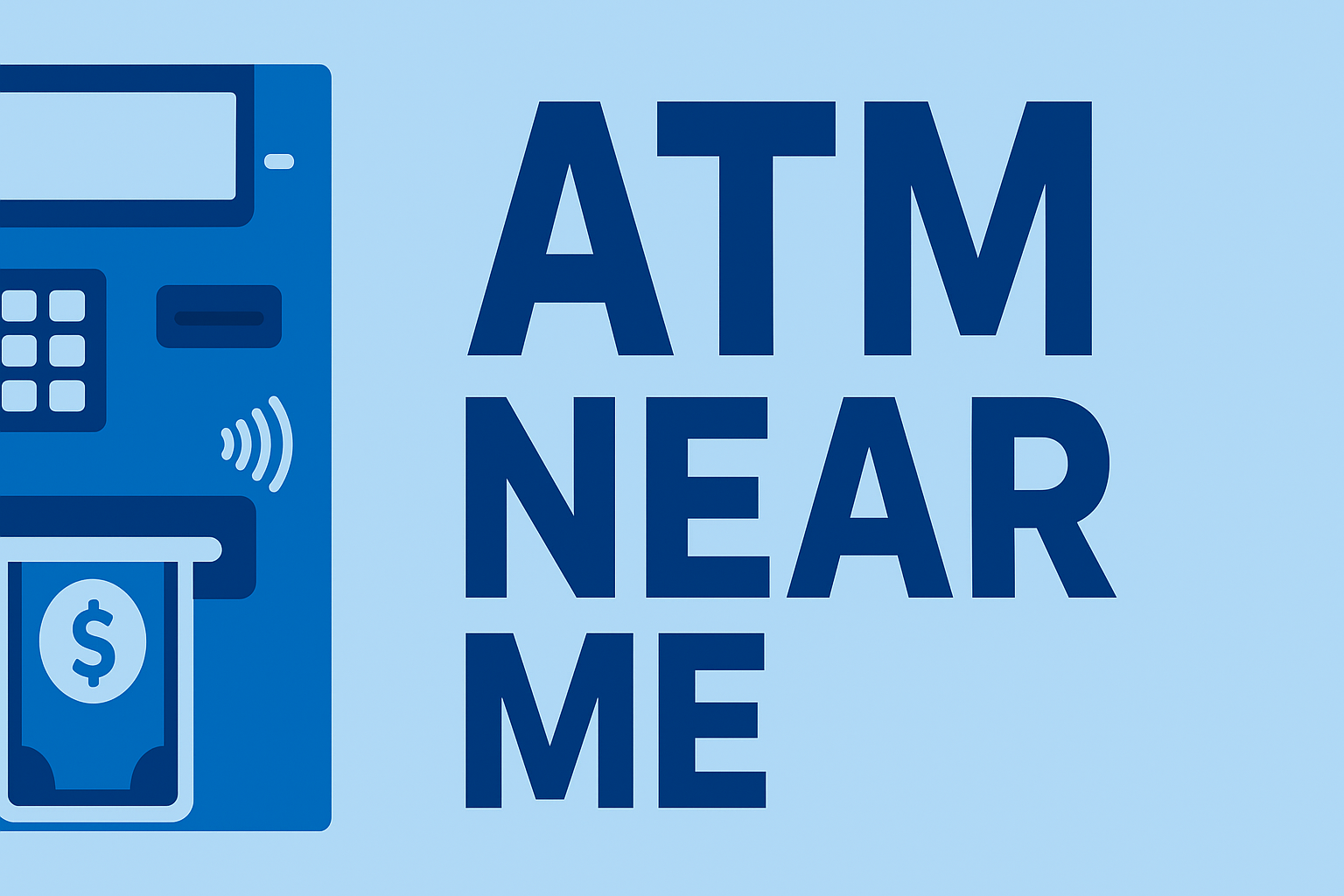Every time you insert your card at an ATM, a complex network of banking systems, processors and verification layers springs into action. Whether you’re withdrawing cash, checking your balance or making a deposit, your request is securely routed through multiple systems in just a fraction of a second. For a full breakdown of how ATMs work at the hardware and software level, see our complete guide: How ATMs Work.
This article explains exactly how ATM networks route your transaction from the moment you press “Enter” to the moment money is dispensed or your account is updated.
1. The ATM Reads Your Card and PIN
The process begins when the ATM reads your EMV chip, magstripe or NFC token and then encrypts your PIN using a secure hardware module. This encrypted PIN block is never visible to the ATM operator — it is sent directly to your bank’s authorization system.
- Your card data is scanned
- Your PIN is encrypted inside the PIN pad
- The ATM prepares a transaction request package
Once packaged, your request is ready to enter the banking network.
2. The ATM Sends Your Request to Its Acquirer
Most ATMs are operated by a bank or an independent ATM deployer (IAD). This operator is called the acquirer. The acquirer receives your encrypted transaction data and determines how to route it.
- The acquirer validates ATM ID and terminal status
- Checks daily withdrawal limits for the ATM
- Forwards the request to the card network (Visa, Mastercard, etc.)
No funds are approved at this stage — the acquirer simply passes the request along.
3. The Card Network Routes the Transaction to Your Bank
Your card network (Visa, Mastercard, Pulse, Plus, STAR, Cirrus, etc.) acts like a traffic controller. Its job is to identify which bank issued your card and route the transaction securely to that bank.
- Visa → VisaNet
- Mastercard → Banknet
- Navy Federal → CO-OP or STAR
- Credit Unions → Shared branch/ATM networks
The network ensures your transaction reaches the correct financial institution in milliseconds.
4. Your Bank Authorizes (or Denies) the Request
Your bank (the issuer) makes the final decision. It checks:
- Your available balance
- Daily withdrawal limits
- Fraud patterns or suspicious activity
- PIN verification
- Account restrictions or holds
The bank sends one of several responses:
- Approved — funds are authorized
- Denied: insufficient funds
- Denied: daily limit reached
- Denied: card restricted
- Referral to issuer (rare)
Only when the bank authorizes the transaction does the ATM prepare to dispense or accept cash.
5. The Response Travels Back Through the Network
The issuer’s response returns along the same route:
- Issuer → Card Network → Acquirer → ATM
This reverse path ensures no unauthorized system can intercept or modify the result.
6. The ATM Dispenses Cash or Displays the Result
If approved, the ATM’s internal software instructs the cash dispenser to begin pulling the correct amount from the designated cassettes. If denied, the ATM simply displays the reason (if allowed) and ends the session.
- Withdrawal → Cash is dispensed
- Balance check → Balance is displayed
- Deposit → Envelope or envelope-free scanner begins intake
Your bank account is updated within seconds, although some deposits require manual or automated verification before posting.
7. How ATMs Keep Your Data Secure
All ATM network traffic is encrypted end-to-end. Security layers include:
- Encrypted PIN blocks
- EMV chip cryptograms
- HSM (Hardware Security Module) devices
- Tokenization for mobile withdrawals
- Network firewalls and fraud detection
This ensures no one—not even the ATM operator—can view your PIN or sensitive card data.
Final Thoughts
ATM network routing is an advanced, multi-layered process involving card readers, acquirers, card networks and your bank. Every withdrawal, deposit and balance inquiry travels securely across several systems in milliseconds, ensuring fast, reliable and safe transactions for millions of users every day.
